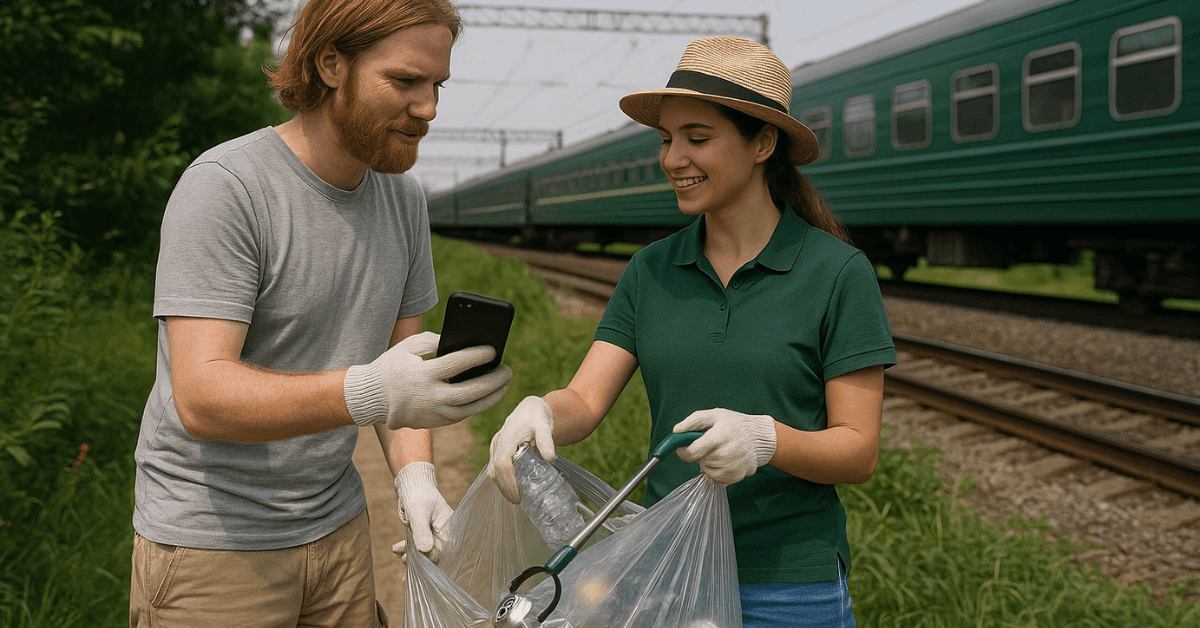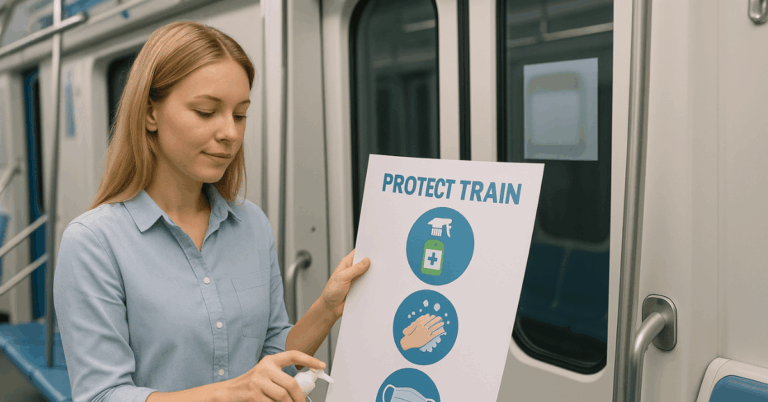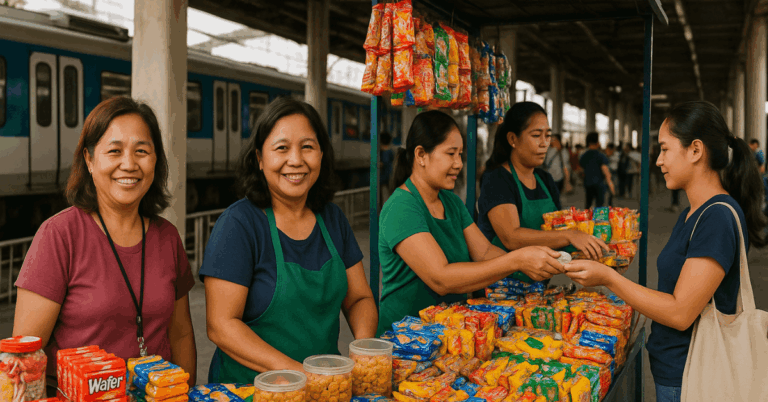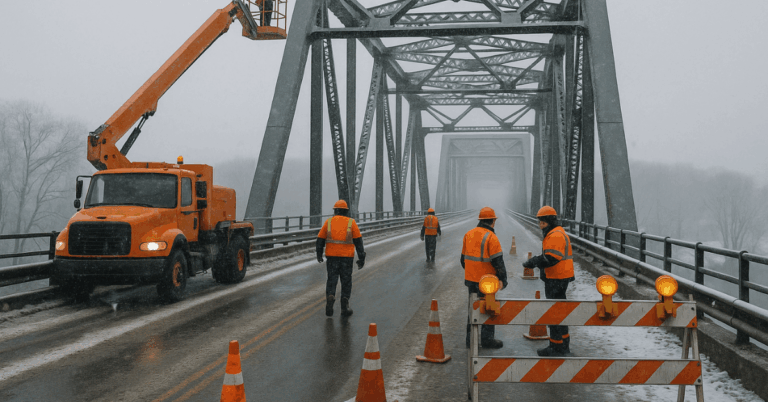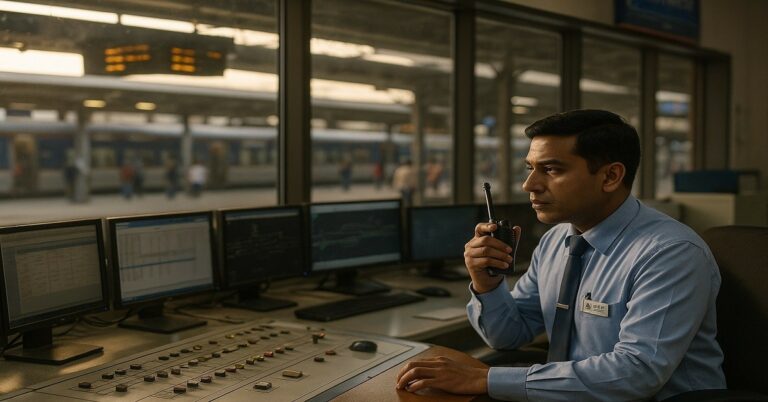Sustainability has become a central goal for modern transportation. The green initiatives by railway staff and citizens show how teamwork can make travel more environmentally friendly.
These actions reduce pollution, save energy, and build a sense of responsibility among passengers and workers. Together, they prove that even small changes can lead to significant environmental improvements.
Understanding Green Practices in the Rail Sector
Railways are among the most energy-efficient modes of transport, but there’s still room to improve. Green initiatives focus on reducing waste, managing energy, and protecting the environment around stations and tracks.
These programs combine technology and behavioral changes to lower emissions. Both railway organizations and citizens play key roles in ensuring that sustainability becomes a daily routine.
More details about eco-efficiency goals can be found through the International Union of Railways’ sustainability page.
What Are Green Initiatives?
Green initiatives are structured actions designed to cut the environmental footprint of railways. They include recycling, using renewable energy, and improving water and waste systems.
Staff are trained to handle materials responsibly, while passengers are encouraged to participate in eco-friendly activities. These steps create long-term awareness that leads to cleaner operations.
Why They Matter?
Sustainable rail operations create cleaner environments and stronger communities. Below are the main reasons these initiatives have lasting value:
- Reduced emissions: Cutting carbon output makes rail transport cleaner and more efficient.
- Lower costs: Energy-saving methods reduce long-term operational expenses.
- Better air quality: Managing waste and emissions improves the surrounding environment.
- Enhanced reputation: Sustainable practices strengthen the railway’s image as a responsible service.
- Community trust: Ongoing efforts build public confidence in eco-conscious transportation.
How Railway Staff Promote Environmental Sustainability?
Railway staff drive many of the most successful eco-friendly efforts. They handle operations daily and are responsible for enforcing new green systems.
From station maintenance to train cleaning, their discipline directly affects environmental results. Below are key focus areas where staff initiatives have made measurable impact.
Energy and Water Conservation
Energy efficiency starts with smart infrastructure. Railway buildings are switching to LED lights, solar rooftops, and motion sensors. These systems lower electricity use without affecting safety or service quality.
In several regions, rainwater harvesting has been introduced to wash trains and maintain landscapes, as detailed on Indian Railways’ sustainability initiatives page.
Waste Reduction and Recycling
Waste management is central to station cleanliness. Workers separate plastics, metals, and organic waste into specific bins for proper disposal.
Some rail depots now recycle materials into reusable parts or new supplies. These activities create a cleaner work environment and reduce the cost of raw materials.
Digital Transformation for Sustainability
Digital systems reduce paper consumption and improve coordination. Ticketing, schedules, and reports are now stored electronically.
This minimizes clutter and speeds up decision-making across departments. Going paperless also signals a modern, eco-conscious culture within railways.
Citizens’ Role in Building a Greener Railway
Passengers and local residents contribute actively to the environmental progress of the railway system. Their behavior affects how clean and efficient stations remain daily.
By participating in organized programs, they help maintain sustainability beyond railway property. Here’s how community involvement strengthens the mission.
Clean Station Campaigns
Many communities organize clean-up drives around major train stations. Volunteers and staff join forces to collect waste and plant trees.
These events spread awareness about public cleanliness and civic duty. Regular drives transform crowded transport hubs into well-kept, welcoming spaces.
Responsible Waste Disposal
Educating travelers on waste separation has shown positive results. Stations now include visible bins labeled for recyclables, compost, and general waste. Signs and announcements remind passengers to dispose of trash properly. Consistent communication builds habits that improve hygiene and reduce litter.
Tree Planting and Beautification
Citizen groups partner with railway divisions to create green corridors along tracks. These projects improve air quality and provide shade near busy platforms.
Landscaping with native plants also supports local biodiversity. Beautified stations encourage travelers to take pride in public property.
Technological Innovations Driving Change
Modern technology powers many new green strategies. Rail operators are investing in tools that reduce emissions and improve performance.
Automation and renewable energy now play vital roles in shaping sustainable operations. Below are examples of systems already making a difference.
Renewable Energy Integration
Solar panels now power lights, fans, and even train coaches in certain areas. Hybrid and battery-powered locomotives are being tested to replace diesel engines.
Renewable setups cut down fuel expenses and reduce dependency on fossil resources. The shift shows how green technology can blend with traditional rail design, as supported by the European Union Agency for Railways.
Smart Operations and Sensors
AI and IoT systems monitor real-time energy use across stations. These digital tools detect leaks, control temperature, and adjust lighting automatically.
They help operators track patterns and plan future energy needs more efficiently. Smart systems improve both reliability and sustainability.
Government and Organizational Support
Policies and programs support staff and citizens working toward environmental goals. Governments have set clear targets for carbon-neutral rail networks.
These policies ensure funding, training, and recognition for green projects. Cooperation between agencies and communities makes long-term goals achievable.
National Programs
Railway authorities have introduced missions like “Net Zero Emission by 2030.” These aim to reduce total emissions through solar installations and electrification.
Certification systems now reward stations that meet environmental standards. Such frameworks encourage all regions to participate equally. More on these programs can be read via UN Environment Programme’s transport initiatives.
NGO and Private Partnerships
Nonprofit organizations help by providing expertise and funding. Public-private partnerships accelerate progress through shared responsibility.
Local companies often supply eco-friendly materials and maintenance technology. Together, they build stronger foundations for environmental success, as noted by the World Bank’s transport and environment overview.
Education and Awareness for Sustainable Growth
Continuous learning ensures that green habits stay consistent. Training sessions and awareness campaigns reach both staff and passengers.
Education keeps sustainability visible in everyday routines. These programs build long-term cultural change.
Workshops for Staff
Railway employees attend workshops on waste segregation, resource conservation, and energy saving. These sessions include practical training with measurable results.
Staff are encouraged to propose innovative ideas during meetings. The goal is to create personal accountability for sustainability.
Passenger Information Drives
Digital screens, posters, and announcements remind passengers about environmental etiquette. Campaigns like “Clean Train, Green Train” promote cooperation among travelers.
These reminders help make eco-friendly habits part of the travel experience. Awareness ensures everyone understands their role in sustainability.
Examples of Successful Green Stations
Success stories show that sustainability is achievable. Many stations have become models for environmental excellence. Their projects demonstrate measurable results and inspire replication elsewhere.
Model Solar-Powered Stations
Some stations now run entirely on solar power, significantly cutting electricity costs. Their panels supply lighting and basic operations throughout the day.
These examples motivate others to adopt renewable sources. Each successful site proves that sustainable systems are reliable and efficient, supported by findings from the International Energy Agency.
Community-Led Transformations
In several regions, residents have turned neglected railway spaces into green parks. These transformations improve aesthetics and promote community health.
Collaboration between citizens and staff helps sustain maintenance efforts. Shared ownership ensures lasting improvements to the environment.
Overcoming Challenges and Future Outlook
Despite progress, maintaining these initiatives takes commitment. Funding, public participation, and consistent leadership remain major challenges.
Continued investment in green technology is crucial for long-term results. The vision of fully sustainable railways depends on joint responsibility from all parties.
A Shared Journey Toward a Greener Tomorrow
Railways reflect a nation’s commitment to sustainability. The green initiatives by railway staff and citizens prove that cooperation can drive real environmental change.
Each action, from recycling to renewable energy, strengthens the path toward cleaner transport. The future of travel depends on collective responsibility and everyday participation.

